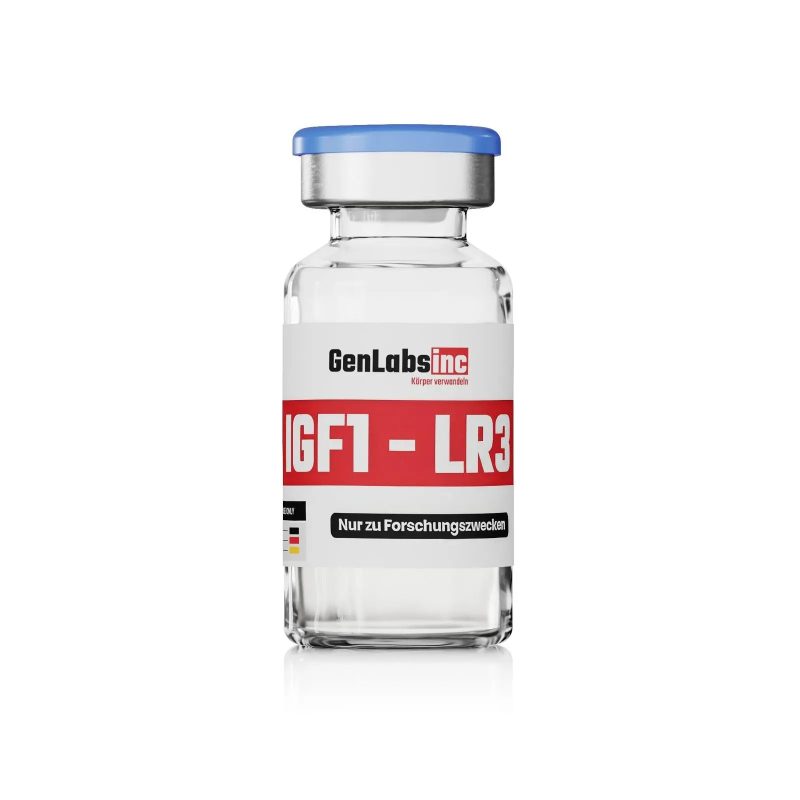Introduction
Stainless Steel Crowns (SSCs) are prefabricated dental crowns made of stainless steel that are used to restore primary (baby) teeth that have been severely damaged or decayed. They are a common treatment option in paediatric dentistry.
SSCs are considered a durable and cost-effective way to restore primary teeth when other types of restorations (such as fillings or composite resin) may not be suitable. They can be used in a variety of situations, including when a primary tooth has a large cavity, has been fractured or broken, or has undergone a pulpotomy (removal of the infected pulp inside the tooth).
Procedure to seat the Stainless Steel Crowns
The procedure for placing an SSC typically involves removing the damaged or decayed portion of the tooth, shaping the remaining tooth structure to fit the SSC, and then cementing the crown into place. The crown covers the entire tooth and helps to protect it from further damage or decay.
One of the advantages of SSCs is that they can be placed quickly and easily in a single visit, making them a convenient option for both the patient and the dentist. They are also less prone to breaking or chipping compared to other types of restorations and can last for several years until the primary tooth is naturally shed.
However, there are some potential drawbacks to SSCs. They can be more expensive than other types of restorations, and some children may experience discomfort or sensitivity in the days following the procedure. Additionally, because the crown covers the entire tooth, it can be more difficult to detect new cavities or other problems in the tooth underneath.
Overall, SSCs are a useful tool in paediatric dentistry for restoring primary teeth that have been damaged or decayed. Your dentist can help you determine whether an SSC is the best option for your child’s specific needs.
The procedure for crowning a stainless steel crown (SSC) on a primary tooth typically involves the following steps:
- Examination and Diagnosis: The dentist will examine the tooth to determine if an SSC is the best treatment option. X-rays may be taken to assess the extent of the decay or damage.
- Anaesthesia: A local anaesthetic may be administered to numb the area around the tooth being treated. This helps to ensure that the child does not feel any pain during the procedure.
- Tooth Preparation: The damaged or decayed portion of the tooth is removed and the remaining tooth structure is shaped to fit the SSC. The dentist will also smooth out any rough edges to ensure a good fit.
- Selection of the Crown: The appropriate size and shape of the SSC is selected based on the size and shape of the child’s tooth.
- Fitting the Crown: The SSC is then placed onto the prepared tooth to ensure a good fit. The crown may need to be adjusted slightly to ensure a comfortable and secure fit.
- Cementing the Crown: Once the SSC is fitted properly, it is cemented into place using dental cement. The cement is hardened with a special light.
- Bite Check: The dentist will check to ensure that the child’s bite is comfortable and that the crown does not interfere with their natural bite.
Conclusion
The procedure typically takes around 30-60 minutes and is usually completed in a single appointment. After the procedure, the child may experience some sensitivity or discomfort, but this typically resolves within a few days. The SSC should be cared for like a natural tooth, with regular brushing and flossing, and regular dental check-ups.


 Home
Home










